At face value, the 2022 federal election is a run-of-the-mill change of government election. In the post-Menzies era, the average span of a federal government is three terms, so it’s not unusual for voters wanting to give the other side a go at this point in the electoral cycle.
The two-party preferred result was also typical. In the past 40 years there have been four elections where the opposition has won. In 1983 Bob Hawke won with a two-party preferred of 53.2 per cent. In 1996 John Howard won 53.6 per cent, in 2007 Kevin Rudd won 52.7 per cent, and in 2013 Tony Abbott won 53.49 per cent. Anthony Albanese looks to have won around 52 per cent. So far, this is situation normal.
But the 2022 federal election is highly atypical. The political chessboard has been scrambled. Since Federation, the wealthy electorates of our capital cities have been loyalists to the Liberal Party and its predecessors. When Tony Abbott lost Warringah in 2019 it was considered a one-off, but now we know it was a harbinger of a crisis in the heartland.
The golden rule of politics is ‘never betray your base’ but the Liberal Party now finds itself asking a more fundamental question, ‘what is the base?’ Non-metropolitan Australia continues to overwhelmingly vote for the Coalition, but in highly urbanised Australia, a party of government needs a city base.
Some argue the solution is for the Liberal Party to win back its heartland by moving left. The first problem with that strategy is that independents are notoriously hard to dislodge – they can attend a helluva lot more community events because their diary is not packed with endless party meetings etc. The bigger problem is that the heartland may well be lost. In the United States, the most expensive zip codes voted Republican throughout the Cold War but have since inexorably drifted left and now vote Democrat as reliably as the ghetto.
Anyway, how much more left-wing could the now fallen ‘Modern Liberals’ have been? They threatened to cross the floor over a Net Zero carbon economy and forced a prime ministerial capitulation. A few months later, most did cross the floor over transgender rights all in the hope they’d bought an insurance policy against Woke independents. They still got steamrolled. Those arguing the Liberal Party needs to move left need to spell out the policies they have in mind (which they can’t without sounding identical to Labor).
Others say the future Liberal heartland should be the former Labor Party heartland. There are encouraging signs that, electorally at least, this could work.
The federal seat of Lindsay is based around Penrith on the far western edge of Sydney. During the Hawke-Keating government, Lindsay was safe a Labor seat. It then became one of the most contested marginal seats in the nation, but on Saturday, Lindsay’s lack lustre Liberal MP won 56.5 per cent with a 1.2 per cent swing in her favour. During the Howard era, the federal seat of Banks (Hurstville-Bankstown) was a reliable Labor seat. It too is now a reasonably safe Liberal seat. A former Liberal and anti-lockdown campaigner, Dai Le, won the federal seat of Fowler which is Gough Whitlam’s former stomping ground. During the Howard era, ethnic Australians voted overwhelmingly for the Labor, but these communities find the woke agenda anathema and are increasingly demonstrating they are far from rusted on Labor.
The problem however with the Liberal Party embracing the erstwhile Labor Party heartland is that those voters have next to nil appreciation of economic rationalism. This nation faces serious headwinds as the Covid chickens come home to roost – inflation is just the beginning. There is one cure – 1980s-style pro-free enterprise reforms. It’s more than doubtful Prime Minister-elect Anthony Albanese has it in him to ‘do a Bob Hawke’ and betray Labor’s economic platform. If the Liberal Party that calculates its best electoral prospects are former Labor voting areas, then the chances they rediscover their sound economic credentials are low.
The Greens must be thrilled with their performance. Adam Bandt is correct – this is the best federal result in the history of the Greens. They’ve won three and (possibly four) lower house seats – two (possibly three) are in Queensland. The Greens Senate presence has also risen.
Since the 1980s, the global warmists have made endless prophecies that would apparently soon confirm the planet is dangerously warming. Despite zero predictions materialising, the masses seem to be more convinced of the global warming orthodoxy. The long march through the institutions is now paying electoral dividends. We have no option but to continue the campaign for rational science such as a nuclear power industry. The loss of the ‘Modern Liberals’ will hopefully liberate right-of-centre Australia to speak up more about the accuracy of global warming predictions, but clearly we have a tough road ahead.
The most disappointing result of the 2022 federal election was the under-whelming vote of the ‘Freedom Friendly parties’. 95 per cent of Australians have had two Covid vaccines, but only 63 per cent have had their booster. The difference is of course due to government mandates not being enforced regarding the booster. Doesn’t this tell us around a third of Australians are at least, to some extent, not buying the Covid narrative? Yes – but that did not translate into votes. In 2019, the various minor parties on the right received around 14 per cent of the national Senate vote. Despite the Covid police state and the questionable efficacy of the vaccine program, those same parties (who were all opposed to the Covid orthodoxy) received a similar total vote in 2022 as they did in 2019. Maybe the whole Covid saga has shifted people left as they now fear stepping out of line.
Where to from here? Some suggest the ‘Freedom Friendly parties’ should merge into one. They’re probably right, their combined mass would generate additional support, but there’s a serious problem – only the Liberal Democrats are resolutely committed to economic rationalism. As I travelled New South Wales during the campaign I met many One Nation, United Australia, and other candidates and activists. The goodwill and cooperation between us was high, but while many were impressive too many others had no appreciation (beyond Covidmania) of the importance of reducing the size of the government.
The success of the Thatcher-Reagan revolutions of the 1980s were soon emulated by the previously socialist third world and that saw billions lifted from poverty. The political success of the 1980s was preceded by and made possible by what happened in the 1970s. In that decade, brilliant advocates of free market reforms like Milton Friedman, Friedrich Hayek, and Ayn Rand became household names in the Western world. One by one enough voters were convinced of society’s ills can best be solved by reducing government and maximising individual freedom.
We’ve got to win the intellectual battle before we win the political battle.
John Ruddick was the Liberal Democrats senate candidate in NSW.
Got something to add? Join the discussion and comment below.
Get 10 issues for just $10
Subscribe to The Spectator Australia today for the next 10 magazine issues, plus full online access, for just $10.

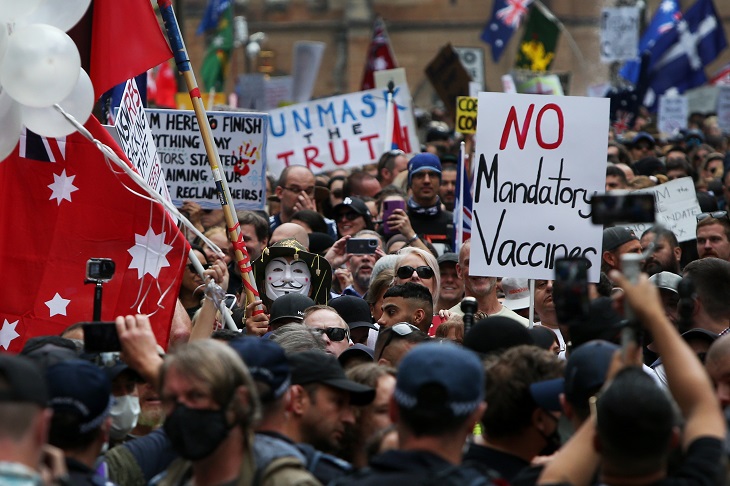
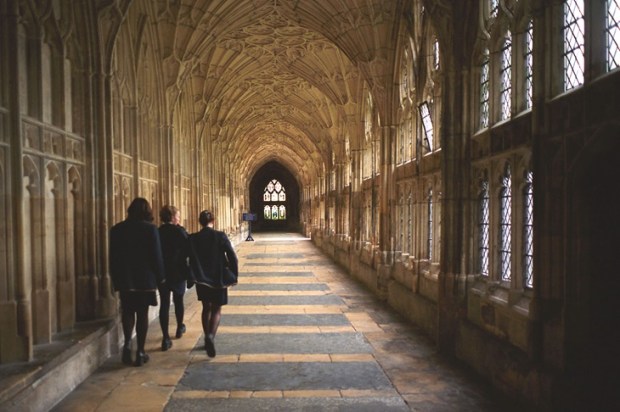
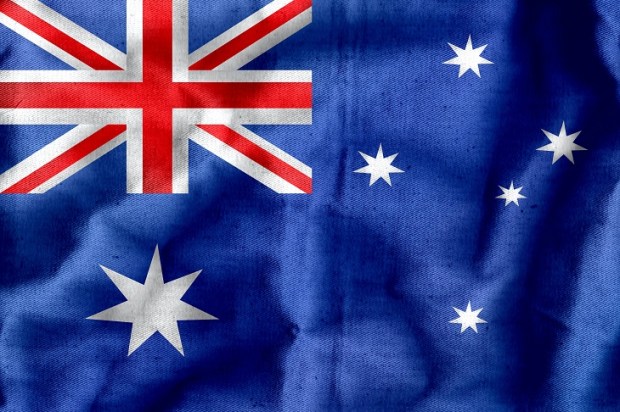
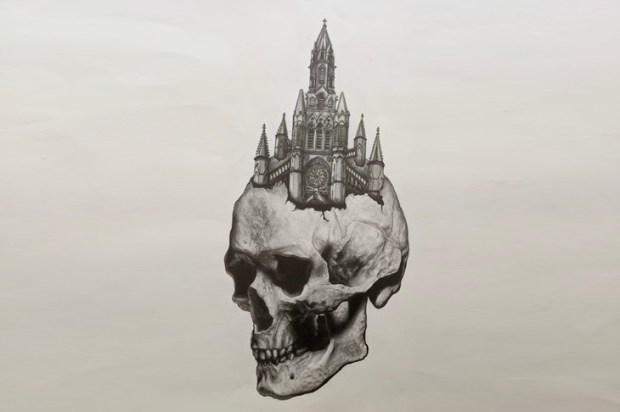
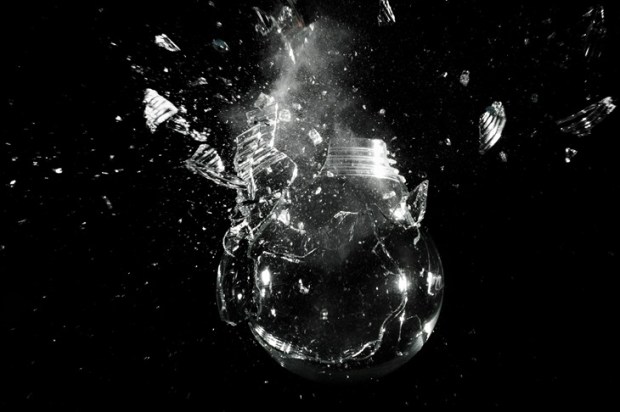

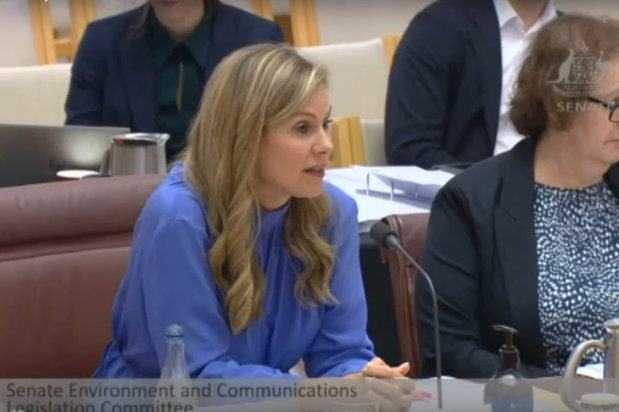
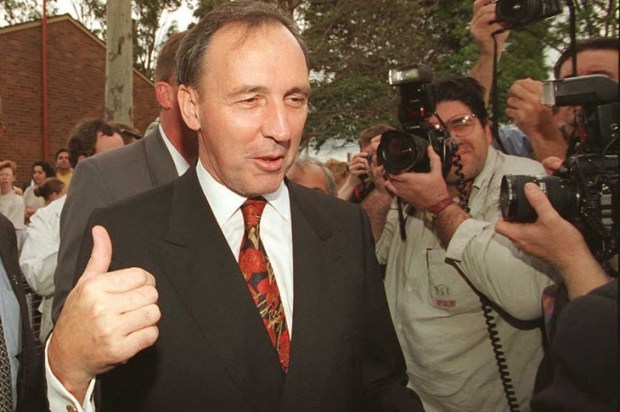
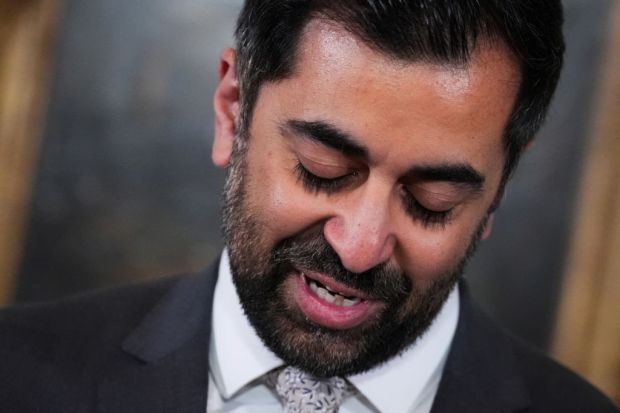
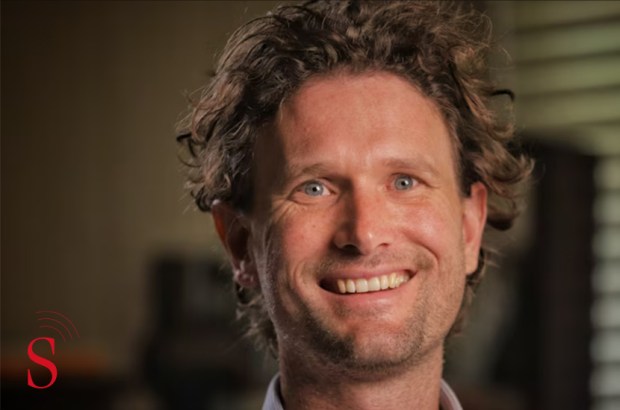
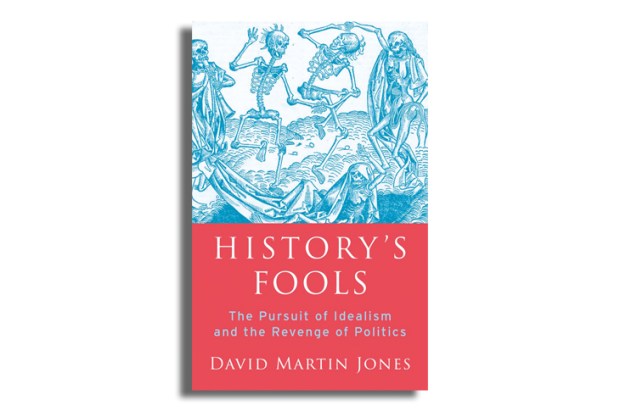

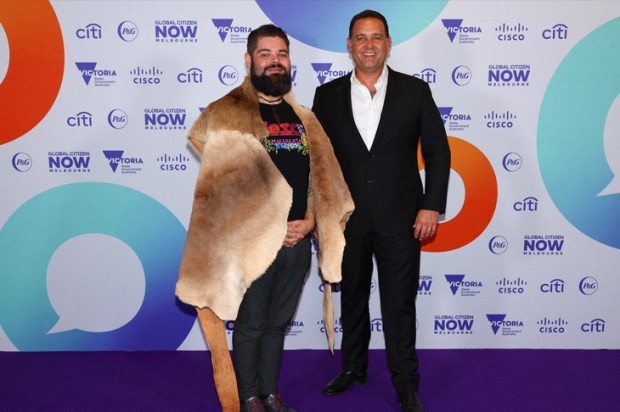
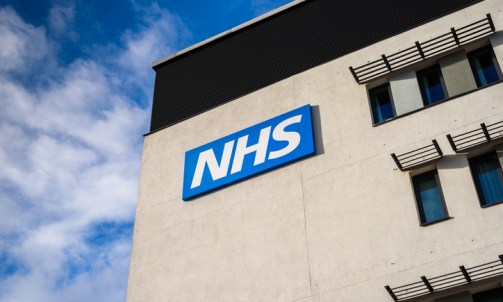
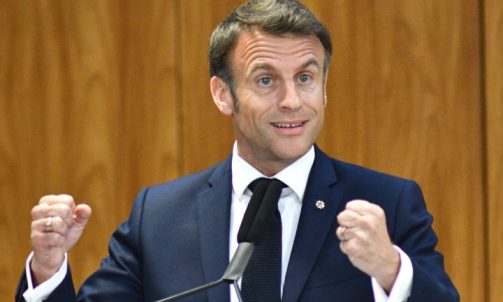
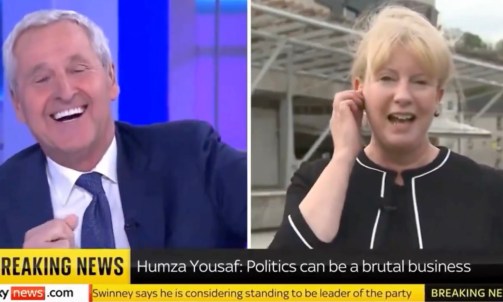
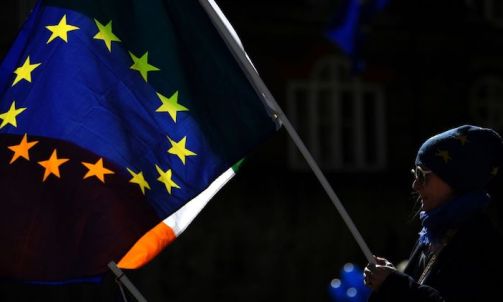
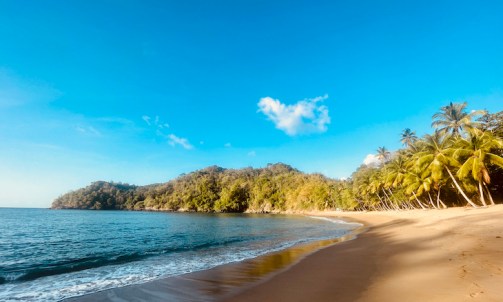
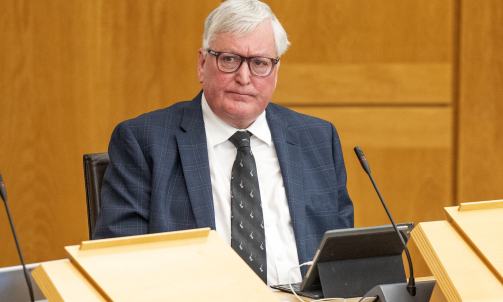






Comments
Don't miss out
Join the conversation with other Spectator Australia readers. Subscribe to leave a comment.
SUBSCRIBEAlready a subscriber? Log in